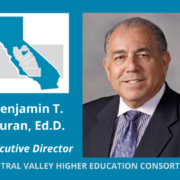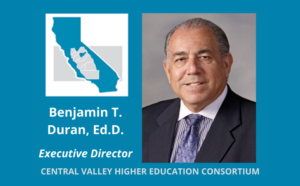CVHEC $1.5m funding renewal: higher ed strategies for ‘economic, social and educational well-being of valley students’
In a 21-year quest to improve the postsecondary success of students in its region, the Central Valley Higher Education Consortium has once again gained College Futures Foundation (CFF) refunding with a $1.5 million grant to continue championing dual enrollment, math pathways, Open Education Resources/Zero Textbook Costs measures and transfer student support as well as strengthening data access for improved strategy planning.
Dr. Benjamín Durán, CVHEC executive director, announced the new three-year grant (Jan. 2024 – Dec. 2026) from its primary funder this week saying it will allow the consortium — made up of 28 institutions of higher education throughout the Central Valley’s nine-county region that represents one-third of the state of California — “to implement equity-driven strategies that decrease disparities in student persistence and higher education attainment and provide students a timely pathway to completion.
“We appreciate the College Futures Foundation’s continued support for CVHEC activities that are designed to impact student success most efficiently at our member institution,” said Durán, who is president-emeritus of Merced College.
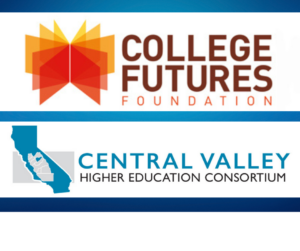 Established in 2005, College Futures Foundation uses a wide variety of human and financial resources and tools — including nearly $20 million in grants annually — towards its mission: increase postsecondary completion for learners who are underserved centering learners and their aspirations and needs on the path to achieving their educational goals.
Established in 2005, College Futures Foundation uses a wide variety of human and financial resources and tools — including nearly $20 million in grants annually — towards its mission: increase postsecondary completion for learners who are underserved centering learners and their aspirations and needs on the path to achieving their educational goals.
“We collaborate with organizations and leaders across California’s postsecondary ecosystem and beyond that share a vision of equity and upward mobility for Californians,” its website states
The partnership between CVHEC and College Futures began in 2016 when the consortium was awarded its first CFF grant.
The long-term vision for the consortium’s CFF proposal is that “initiatives and projects shepherded by CVHEC will result in policies, programs and best practices that will be institutionalized in Central Valley institutions of higher education and will lead to improving the economic, social and educational well-being of the students in the valley.”
Durán added that the funding shows CFF recognizes how CVHEC has intentionally engaged in establishing a cohort of colleges and universities working collaboratively to implement strategies and practices that can help transform the higher education attendance and degree/certificate attainment rates in the region thus creating meaningful pathways for Central Valley students.
With a membership of 28 accredited public and private colleges, universities and community colleges from San Joaquin County in the north to Kern County in the south, CVHEC’s Board of Directors is composed of chancellors, presidents and campus leaders of those member higher ed institutions. As the CVHEC Board of Directors, they speak with a single voice for advocacy, policy and legislation for higher education in the Central Valley region, Durán said.
The CFF grant reflects a commitment to the goals and priorities of the consortium through these five equity-driven strategies designed to decrease disparities in student persistence and higher education attainment for timely pathway to completion:
- Dual Enrollment — expand the dual enrollment course offerings in the Central Valley to enhance opportunities for underrepresented students in rural and underperforming urban high schools and decrease time to degree or certificate attainment.
- Transfer Student Support — increase the number of students transferring with an Associate Degree for Transfer (ADT) to all Central Valley CSU and UC campuses, as well as its non-profit independent institutions members (Fresno Pacific, National University, and University of the Pacific).
- Open Educational Resources — collaborate with the Statewide Real Colleges Task Force and West Hills College Lemoore President James Preston, a member of the SRC Task Force, to form a Central Valley Open Educational Resources Task Force and establish successful models of OER courses at member colleges.
- Data Development – expand the Central Valley Higher Education Student Dashboard to include essential student metrics at all member colleges and universities.
- Mathematics Pathways – collaborate with the Charles A. Dana Center, College Bridge) and Valley colleges and universities to support the scaling of mathematics pathways from high school through postsecondary education and into the workplace, aligned to students’ goals and aspirations.
Other CVHEC projects and accomplishments include serving an integral role in the development of four state-funded K-16 Collaboratives within the nine-county region supporting regional efforts to develop and streamline equitable pathways from high school to post-secondary education and into the work force. CVHEC has initiated the K-16 Collaborative Master’s Degree Upskilling English and mathematics initiative to prepare high school teachers to teach college dual enrollment courses at their high schools, resulting in 100 high school math teachers and 100 English high school teachers earning their Master’s degrees that allows them to meet minimum qualifications to teach college courses at the high school.
CFF funding also supports major CVHEC activities such as its annual Central Valley Higher Education Consortium Summit as well as hosting or participating in other conferences and regional convenings.
BACKGROUND: Founded in 2002, the Central Valley Higher Education Consortium (CVHEC), strives to implement strategies and practices that can help to transform the higher education attendance and degree/certificate attainment rates in the region to create meaningful pathways for students in the region by successfully establishing and engaging a cohort of colleges and universities that work collaboratively towards that end. CVHEC is a 28-member strong consortium of accredited public and private colleges, universities, and community colleges members in a nine-county region of California from San Joaquin County in the north to Kern County in the south. Member chancellors, presidents and campus leaders serve on the CVHEC Board of Directors speaking with a single voice for advocacy, policy and legislation for higher education in the Central Valley region. These institutions of higher education serve 4.3 million people living in California’s Central Valley, a 27,500 square mile region the size of South Carolina that is rural in general, with an extensive array of farms, ranches, small towns and growing cities – including Fresno, the fifth largest city in California. The Central Valley is historically distinctive as one of the most ethnically diverse regions in the United States with challenging socio-economic and college going rates.
MEDIA INQUIRIES: Tom Uribes, CVHEC Communications/Media coordinator – 559.348.3278 (text) or cvheccommunications@mail.fresnostate.edu

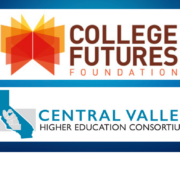

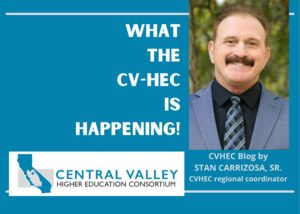
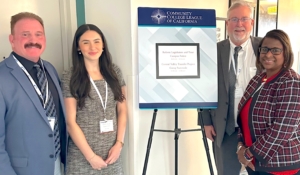
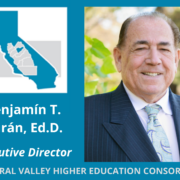
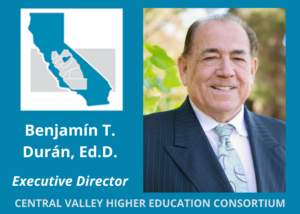 As expected, her presentation was inspiring and reflected her commitment to students in the state. Dr. Christian took this opportunity at the summit to announce and launch the CCCCO Central Valley Transfer Pathways Demonstration Project that will build upon the progress of our own Transfer Project partnership between the community colleges, the CSUs and UC Merced here in the valley. The CCCCO project is unique in California in that it includes the three segments of public colleges and universities and will eventually include the independent universities as well.
As expected, her presentation was inspiring and reflected her commitment to students in the state. Dr. Christian took this opportunity at the summit to announce and launch the CCCCO Central Valley Transfer Pathways Demonstration Project that will build upon the progress of our own Transfer Project partnership between the community colleges, the CSUs and UC Merced here in the valley. The CCCCO project is unique in California in that it includes the three segments of public colleges and universities and will eventually include the independent universities as well.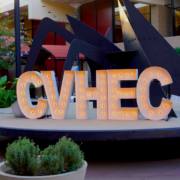
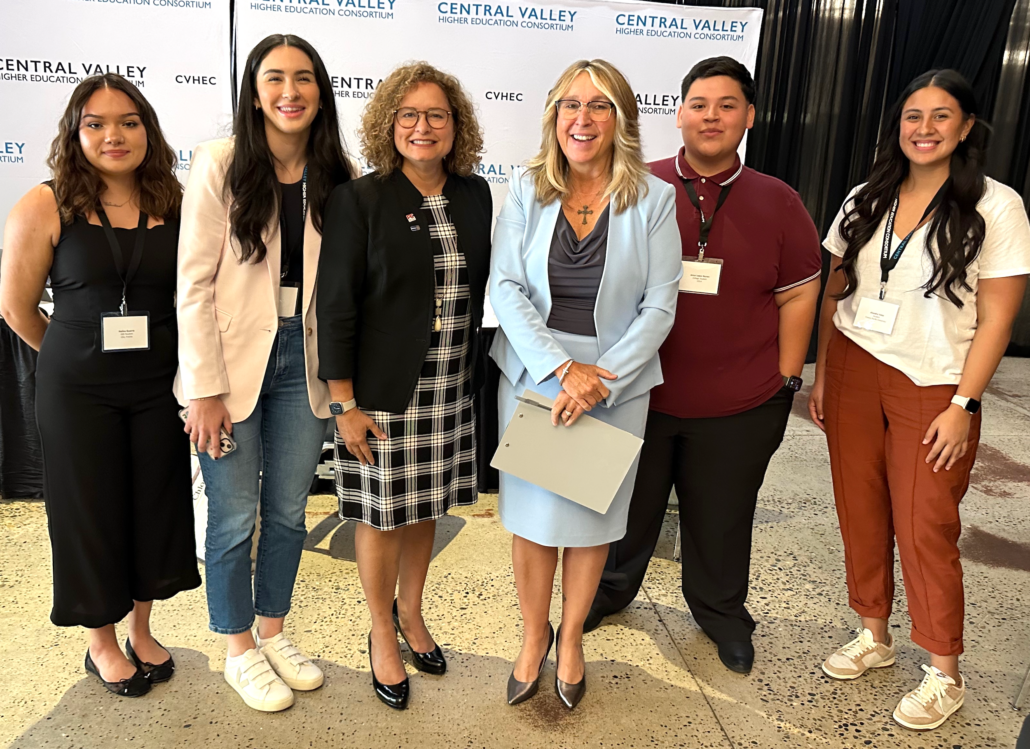

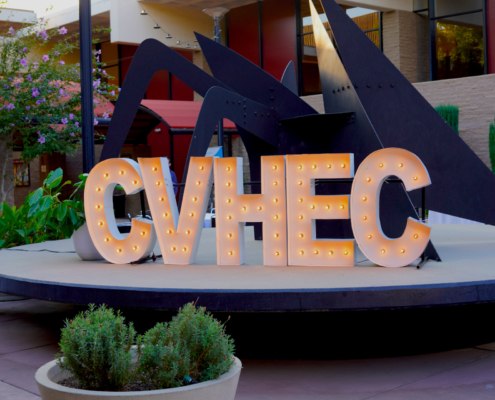
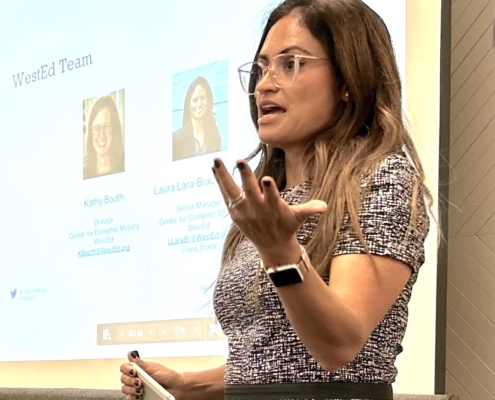
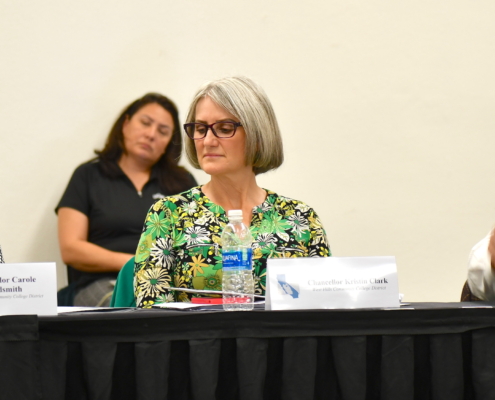
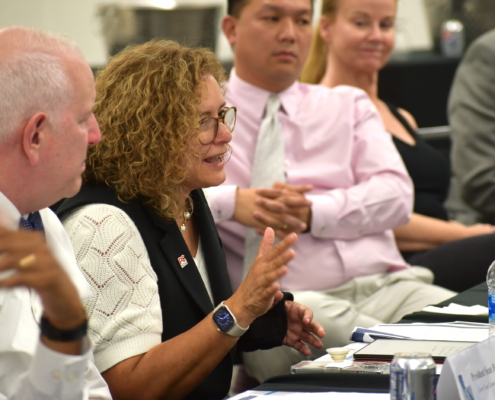
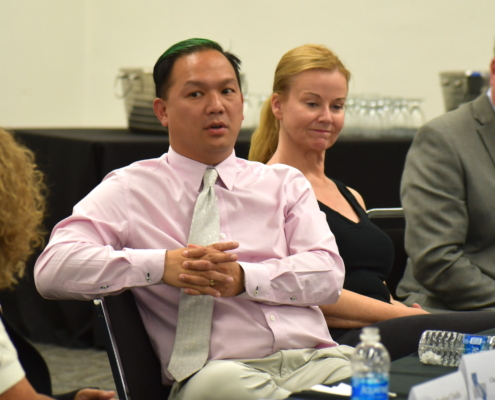
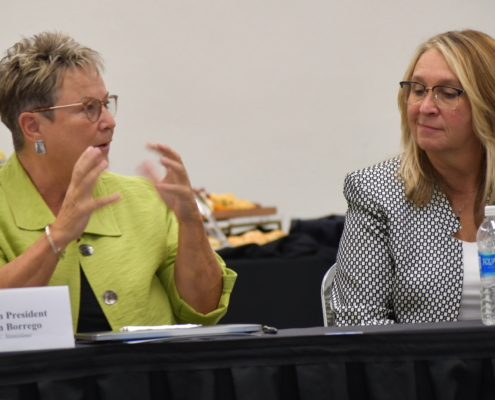
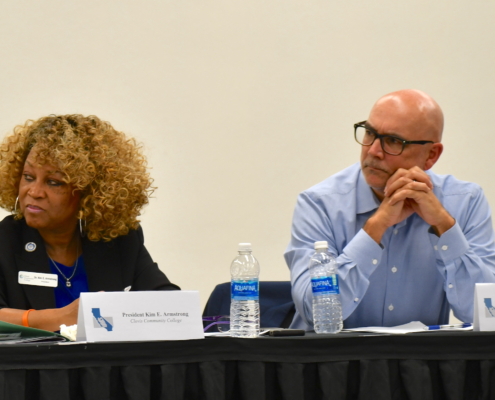
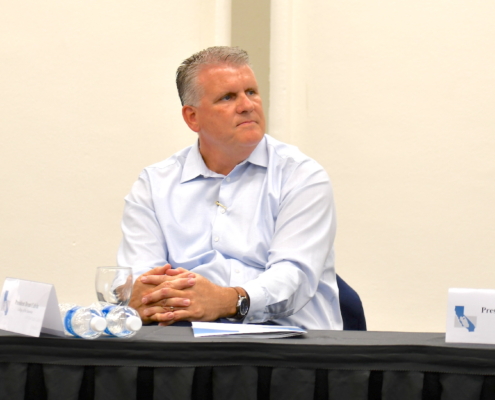

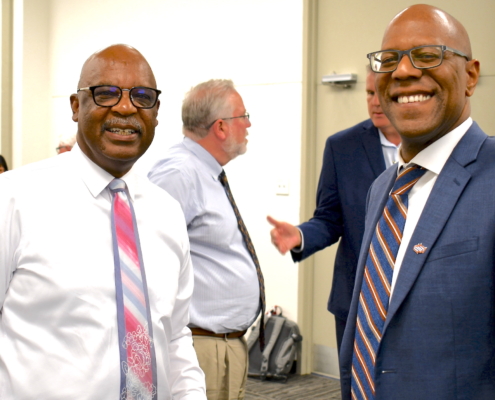
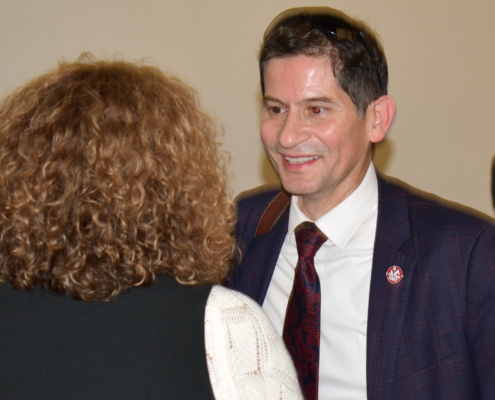
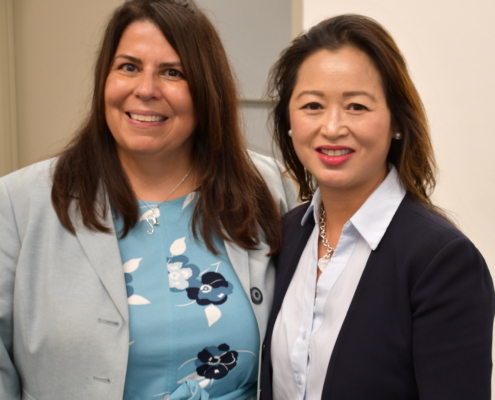
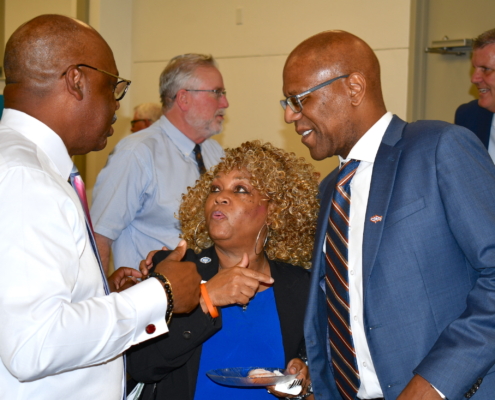
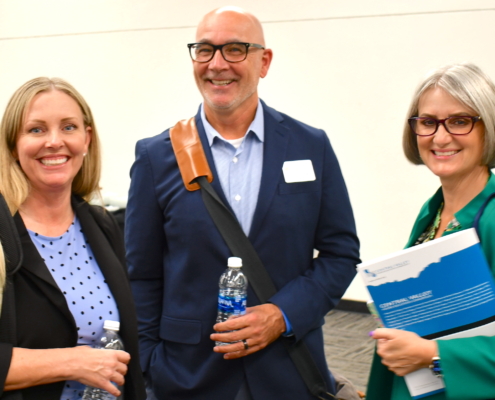
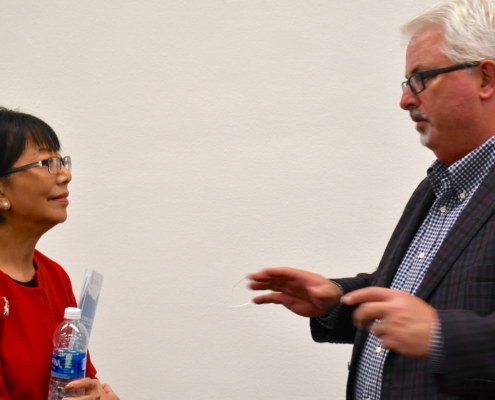
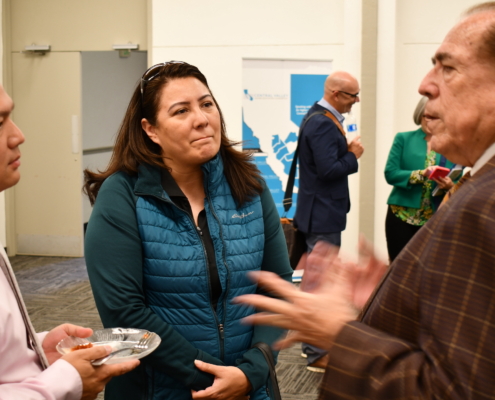

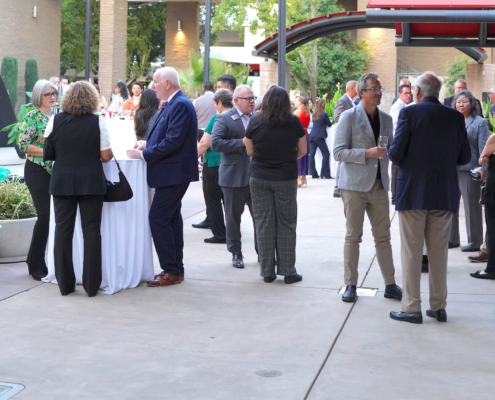
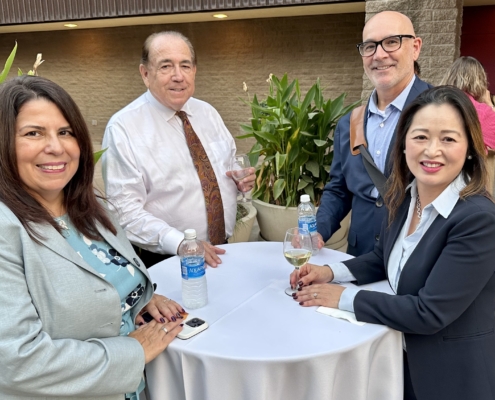
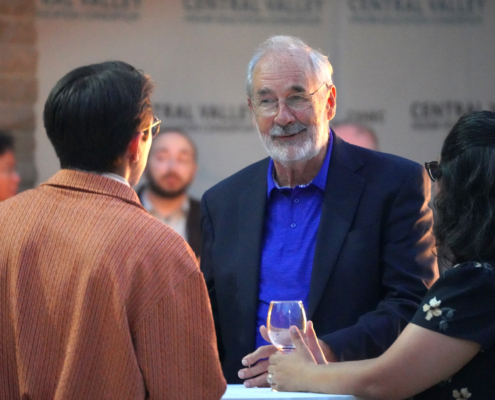

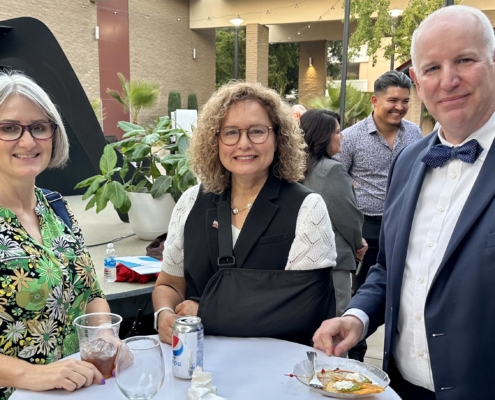
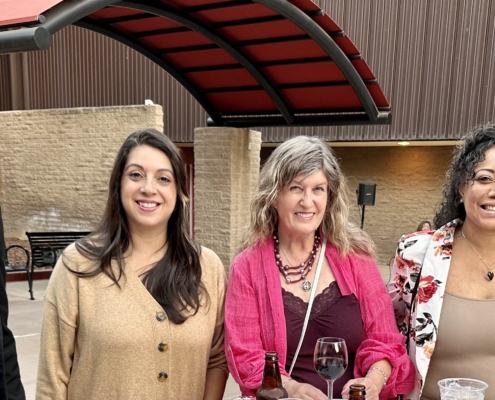

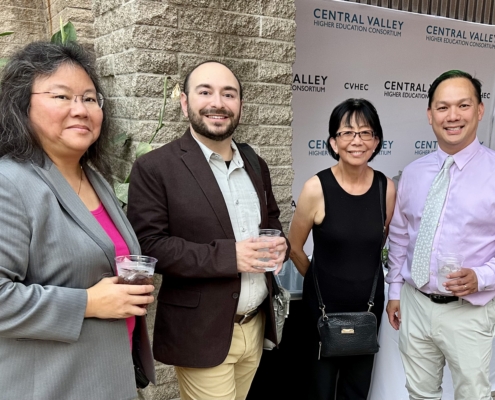
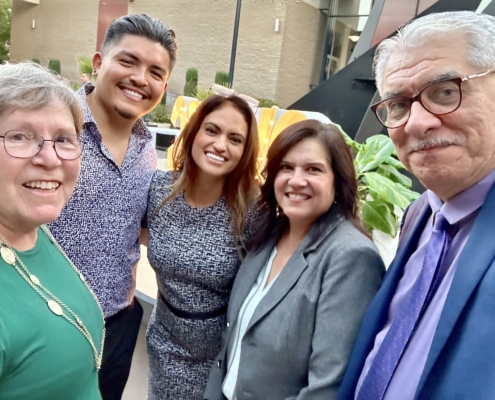
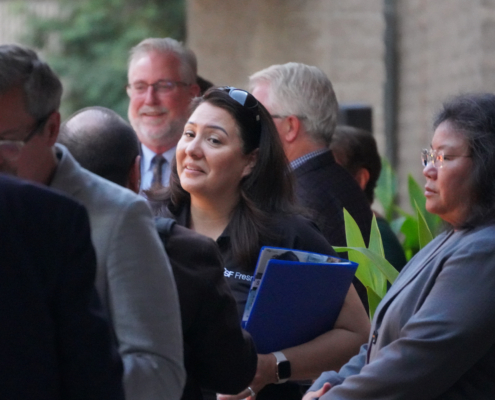
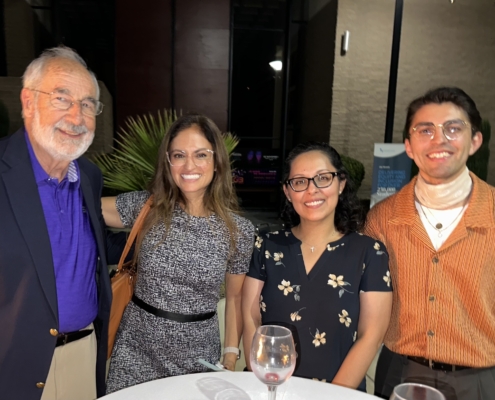
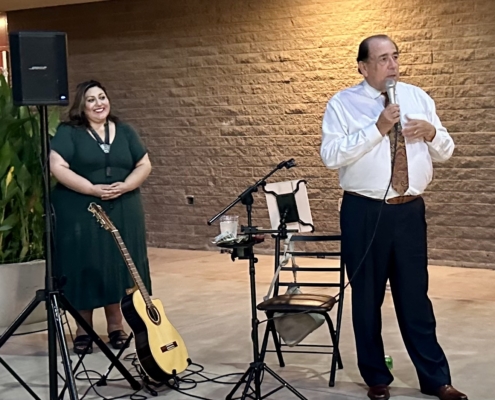
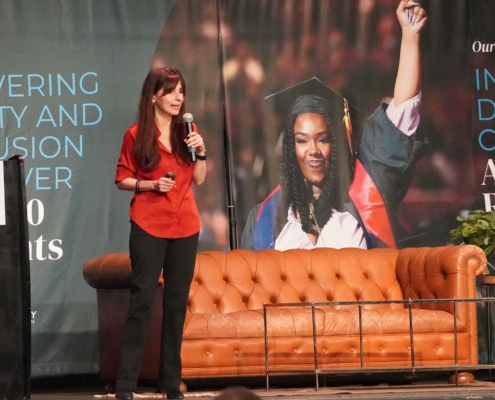


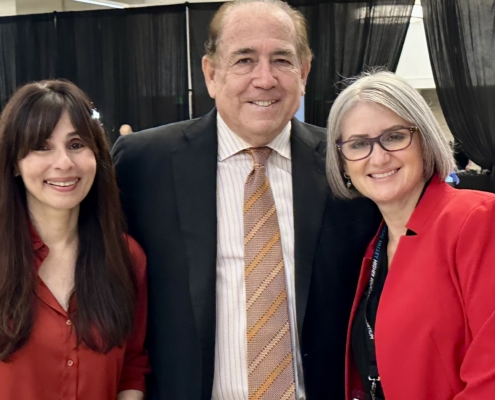
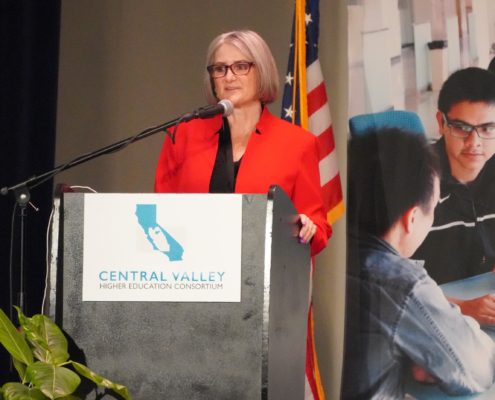
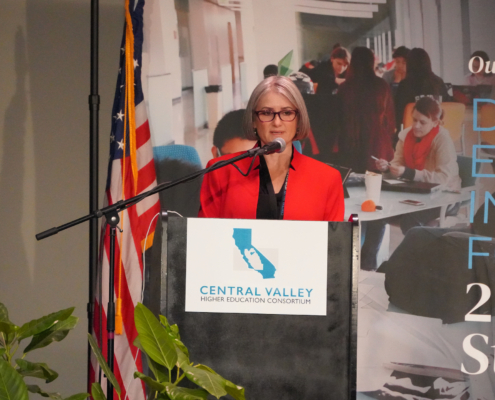
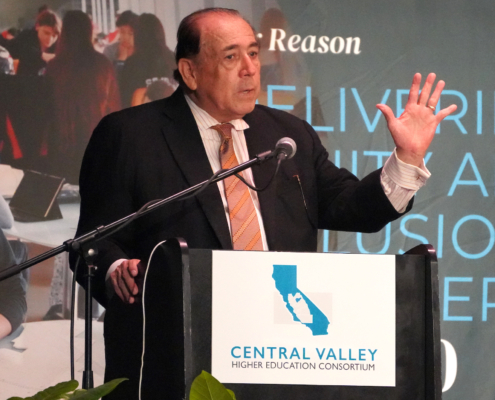
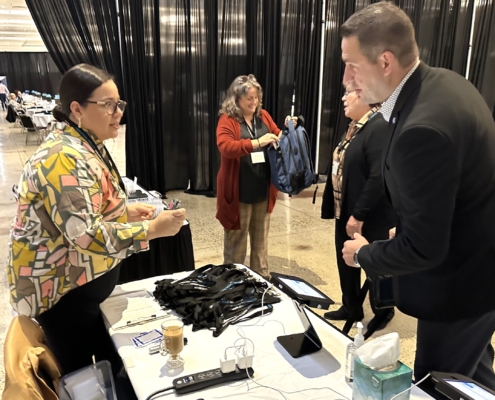
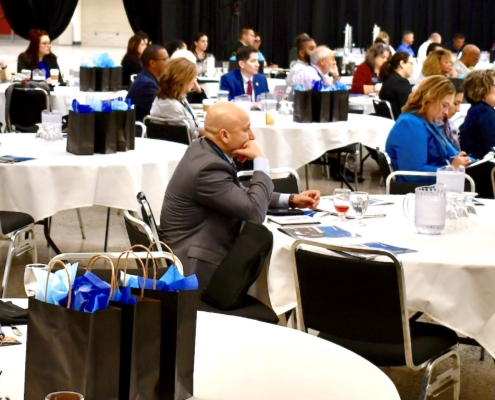
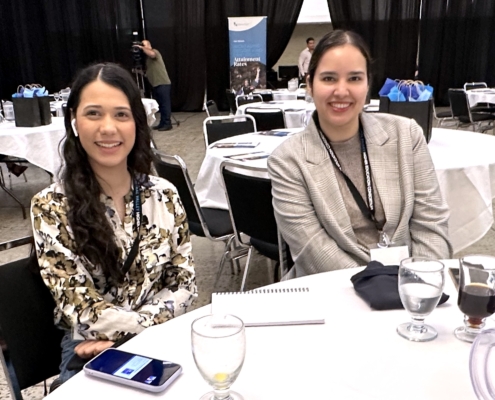




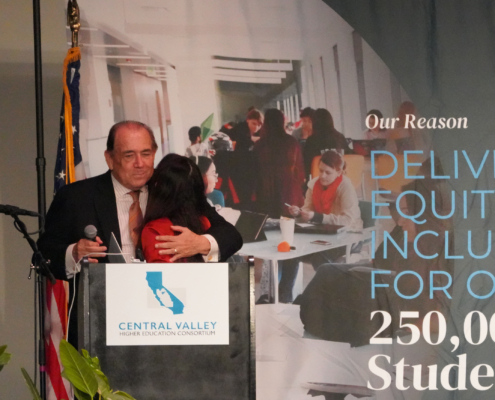
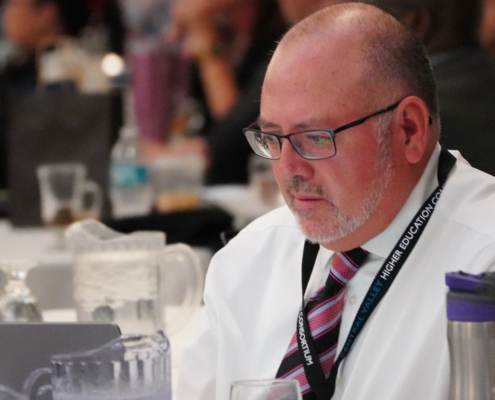
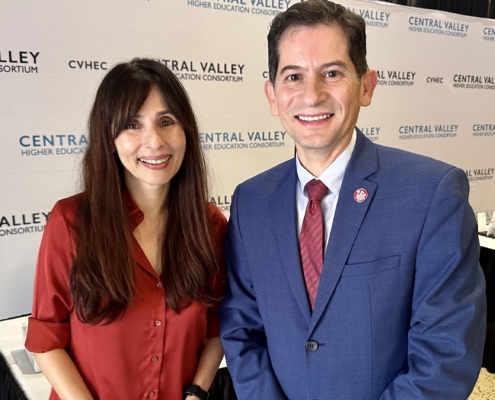
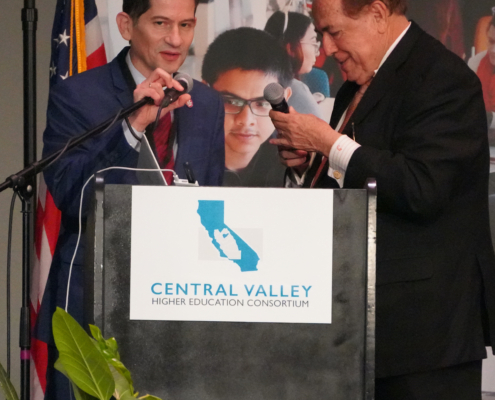
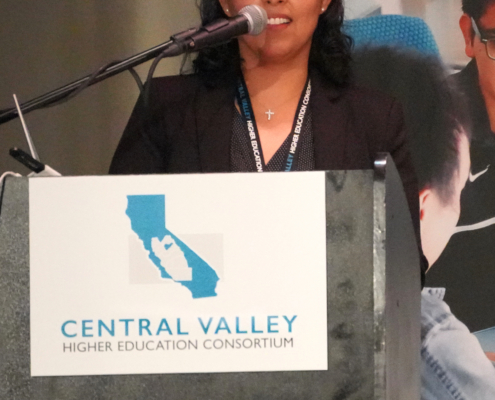
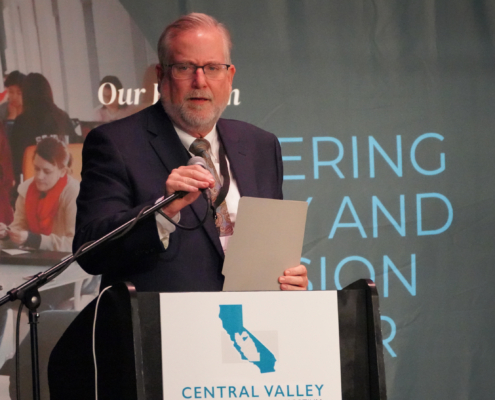
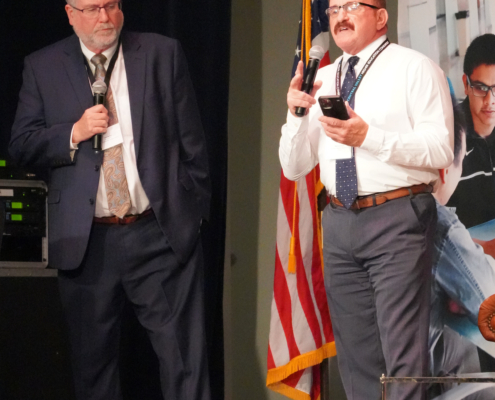
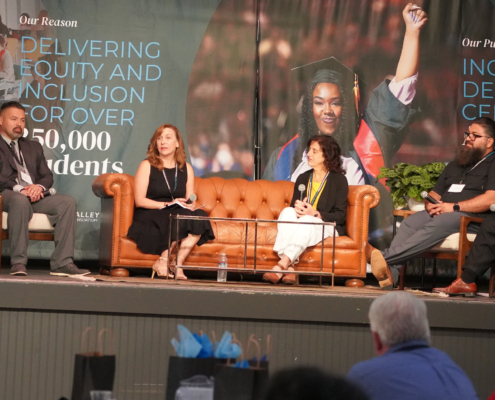
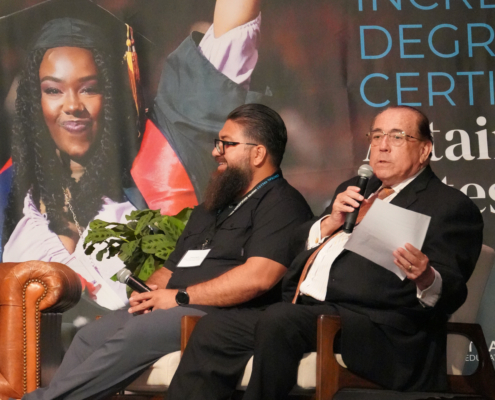
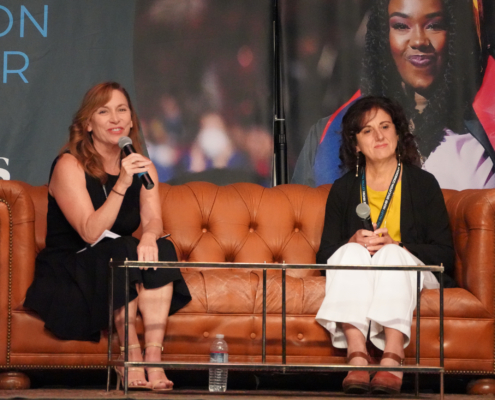
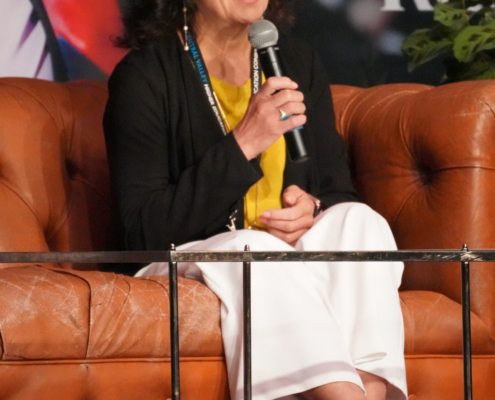
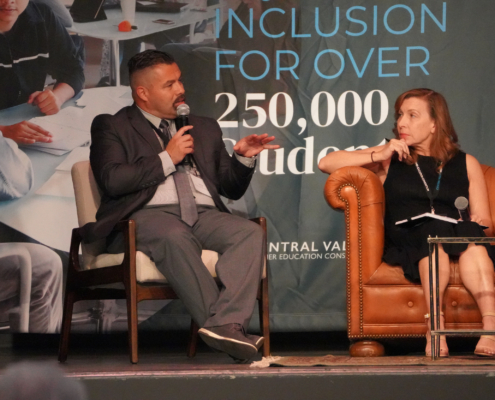
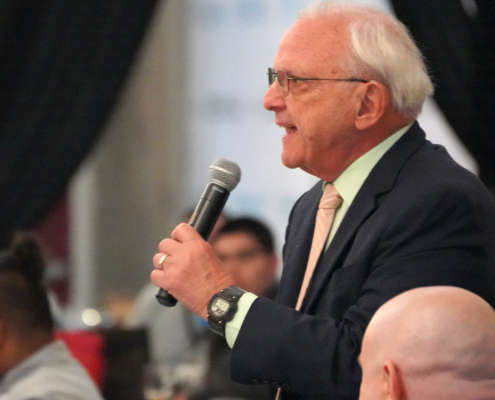

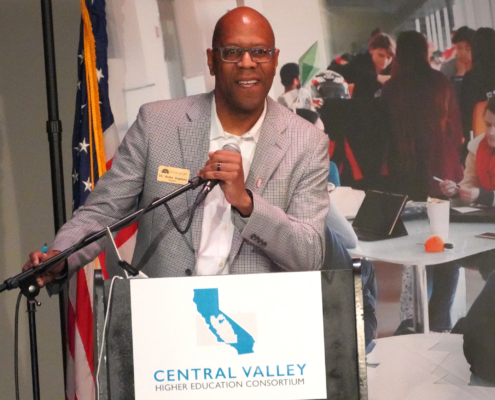
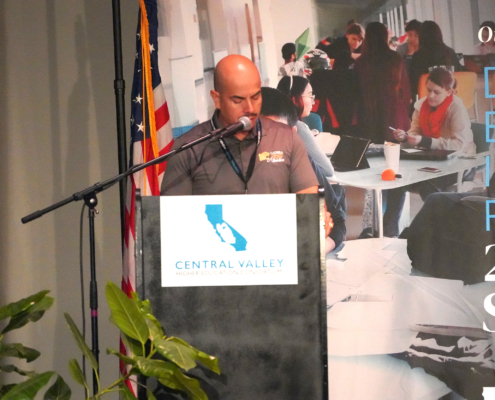
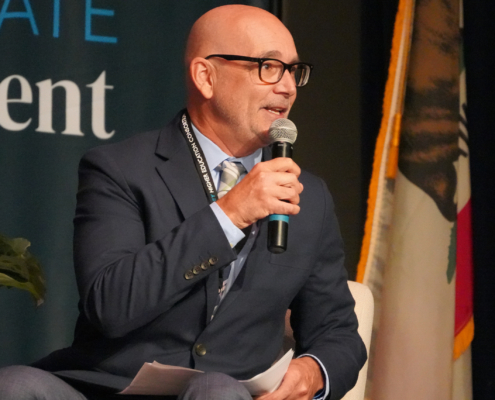
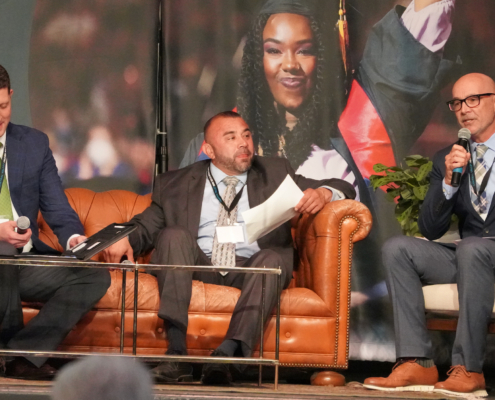
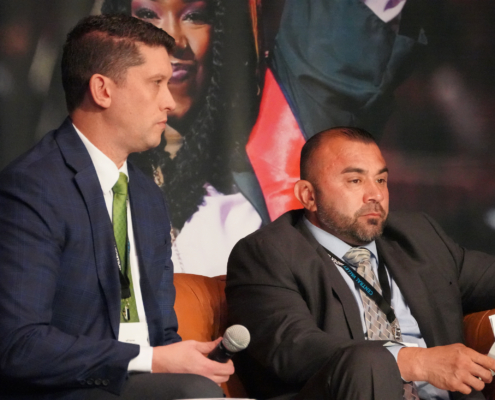
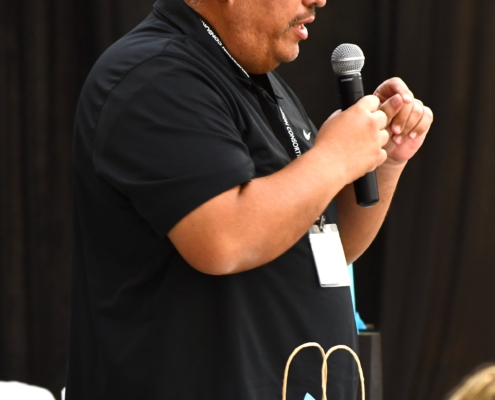
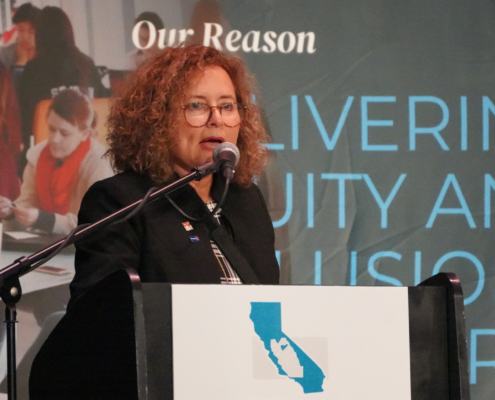


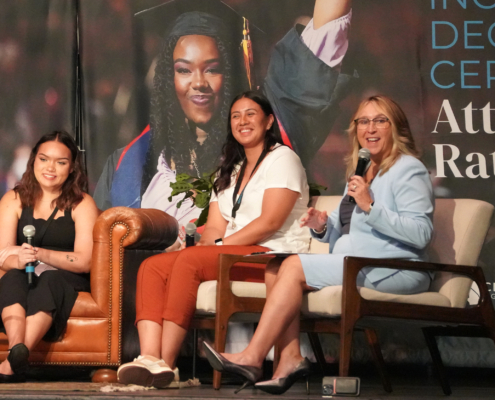
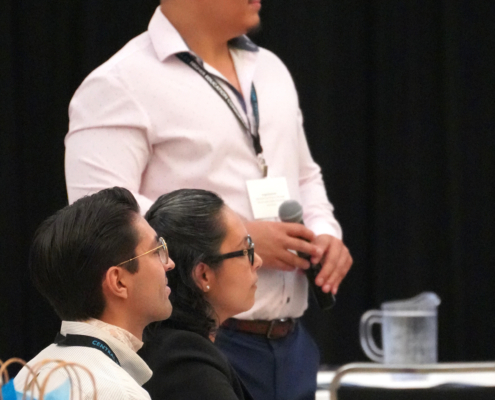

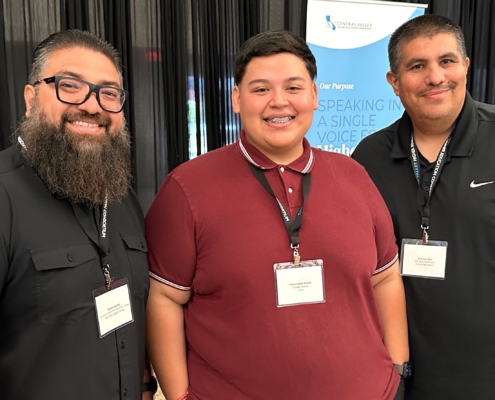
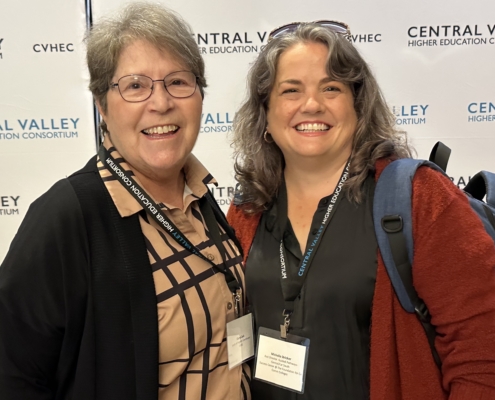
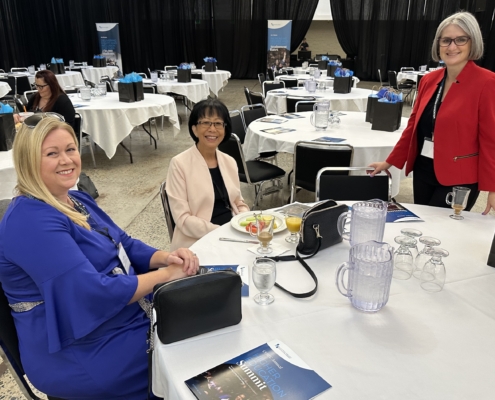
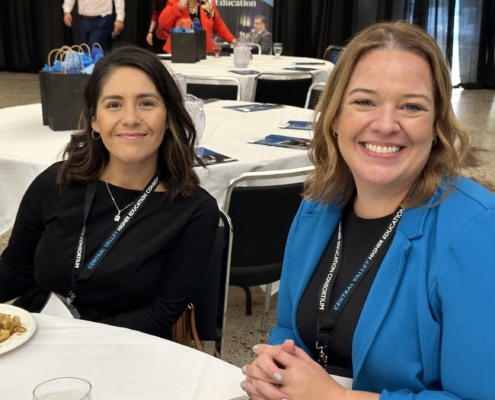
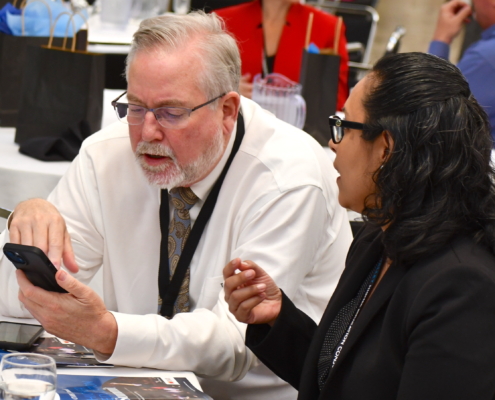
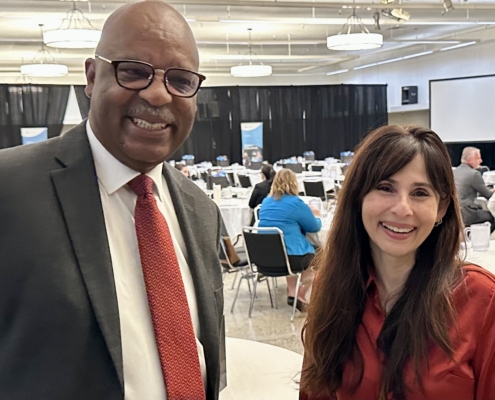
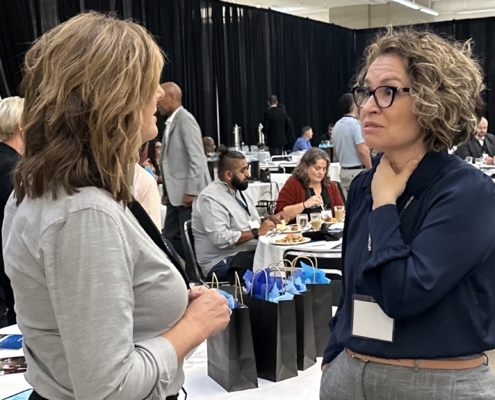
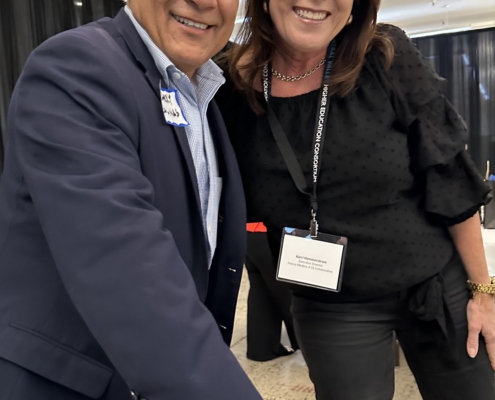
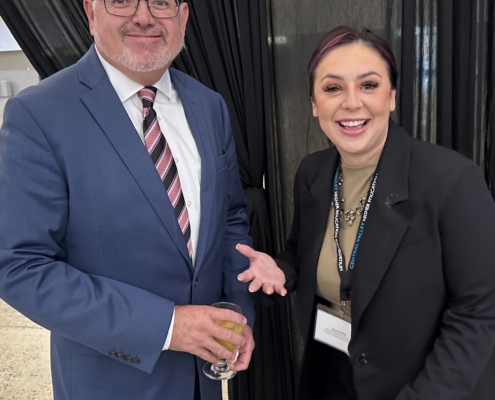
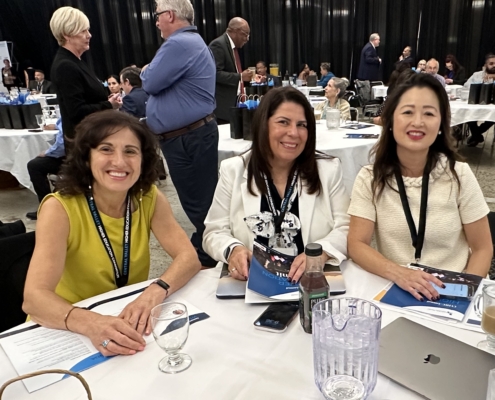
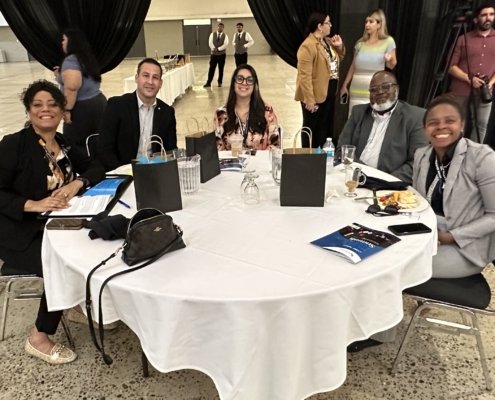
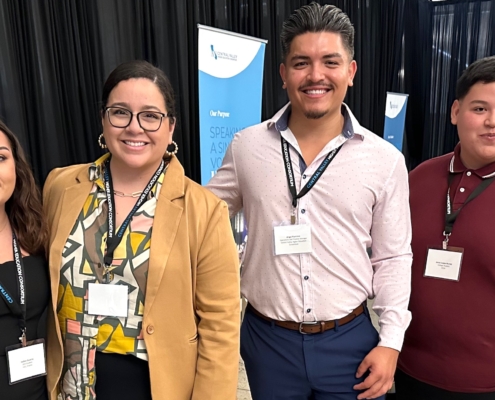
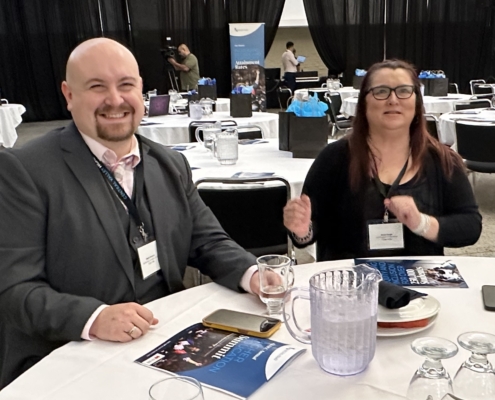

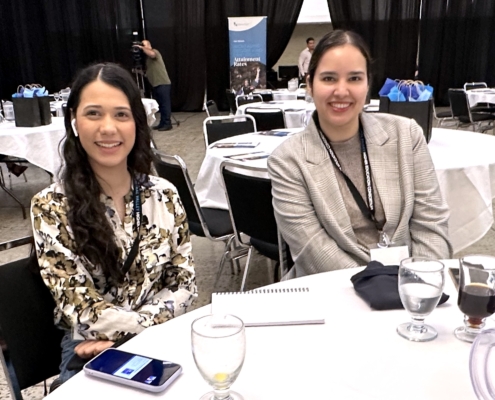
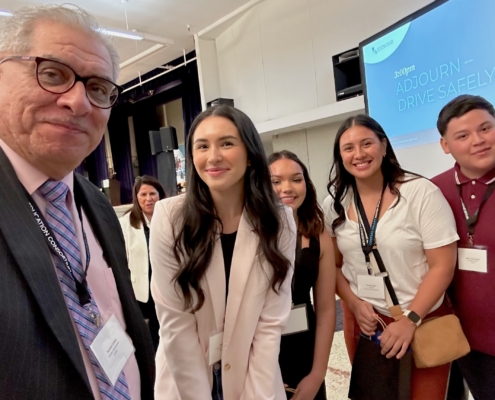
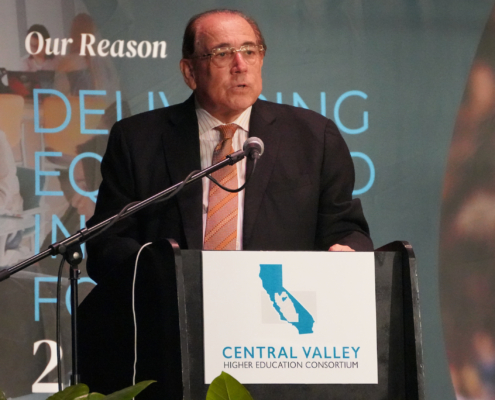
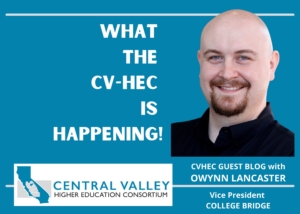

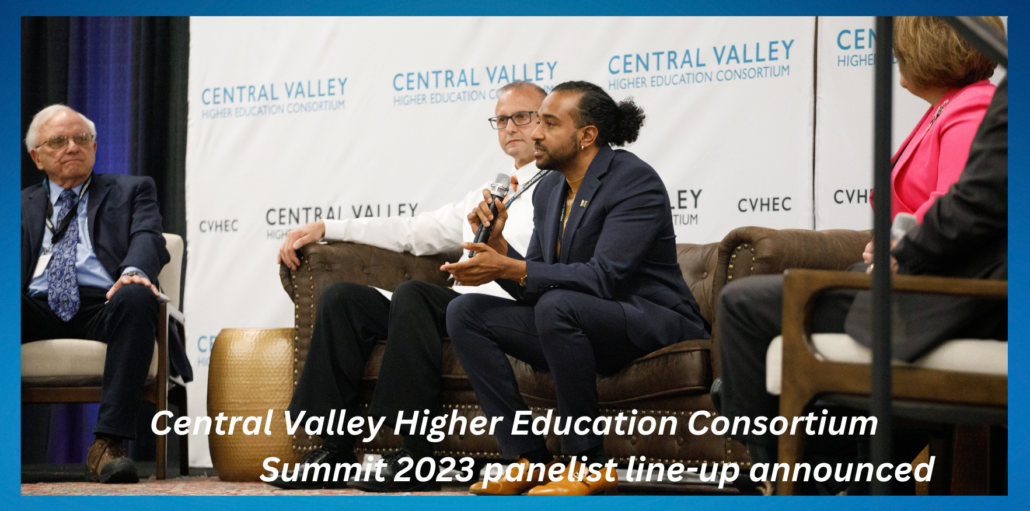
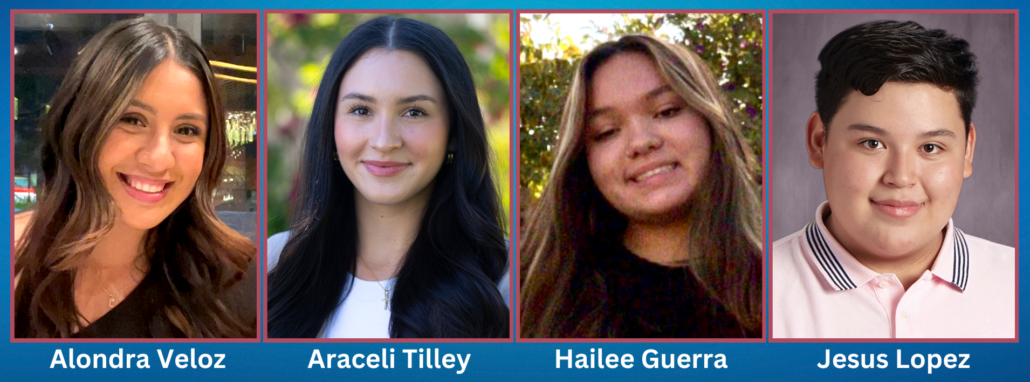
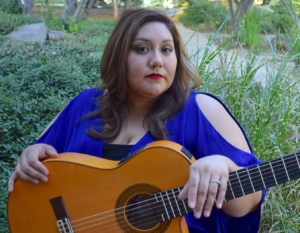

 The CVHEC Mini-Grants project, currently funded by the College Futures Foundation, provides awards from $5,000 to $7,500 each which faculty from member institutions have creatively used for individual projects that help achieve the consortium’s strategy of increasing degree attainment rates.
The CVHEC Mini-Grants project, currently funded by the College Futures Foundation, provides awards from $5,000 to $7,500 each which faculty from member institutions have creatively used for individual projects that help achieve the consortium’s strategy of increasing degree attainment rates.